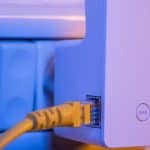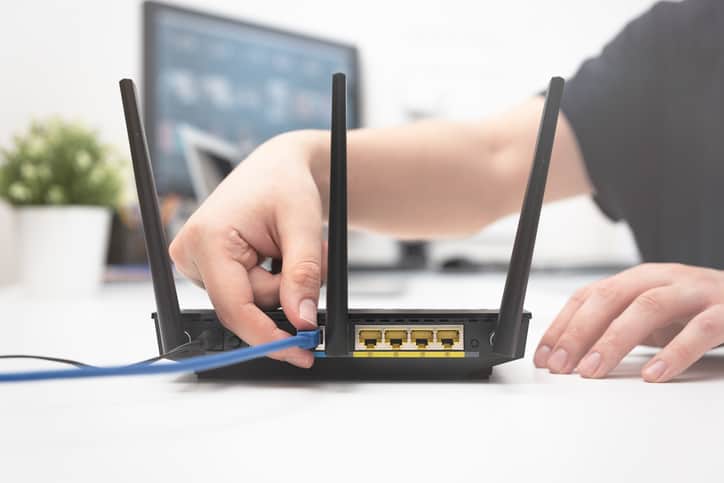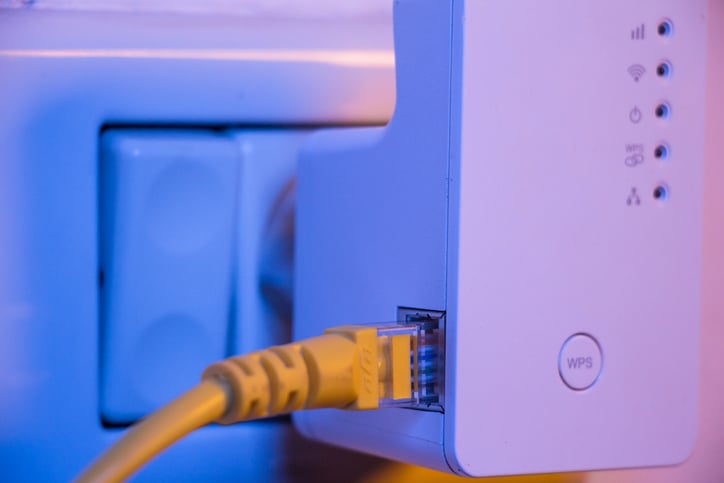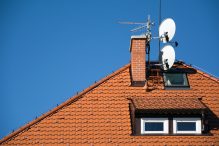Do you need a cellular booster antenna?
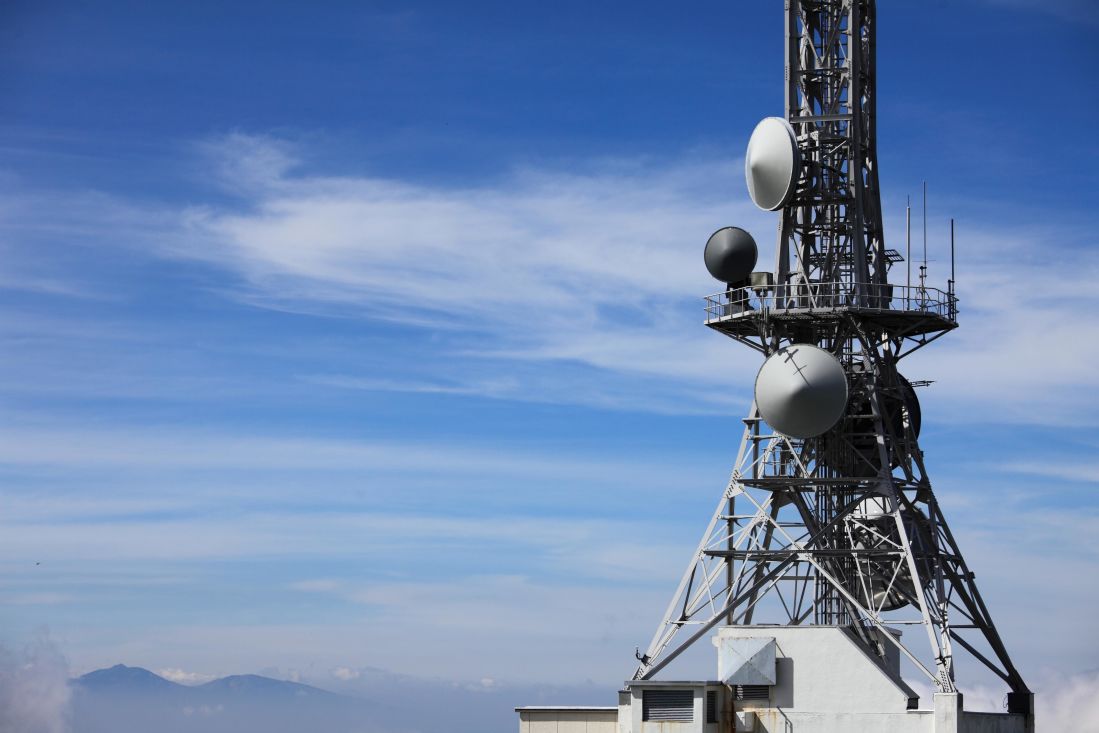
Do you need a cellular booster antenna?
With the proper antenna setup, you can establish a strong internet connection in an area with poor cellular coverage. A booster antenna, like our Panel MIMO Booster Antenna or our Super Duo-Yagi MIMO Antenna, increases your installed mobile broadband internet speeds by strengthening the cellular signals you receive from nearby towers.
There is a wide range of applications for booster antennas. If any of these situations explain your poor cellular coverage, you might need a booster antenna:
- You’re very far from the nearest cellular tower. A typical cellular tower has a maximum range of between 22 and 45 miles, depending on its technology. As you approach that range, your cellular coverage decreases. If you have any signal at all, however, a booster antenna will strengthen it.

- You’re equidistant from several cellular towers, none giving great coverage. Find your nearby towers. If you fall in the middle of several, you aren’t getting the best coverage. An omnidirectional booster antenna, like our
Panel MIMO Booster Antenna increases your internet speeds by connecting with multiple towers.
- You get an okay cellular signal but often drop calls or internet service. A directional booster antenna, like our Super Duo-Yagi MIMO Antenna, strengthens your connection with the nearest cellular tower so that you have more reliable coverage. A directional antenna minimizes signal loss for a strong and focused internet connection.
Unfortunately, a booster antenna can’t solve every issue. If any of these situations explain your poor cellular coverage, you might not need a booster antenna:
-
You get good cellular service outside but poor cellular service inside.
Mobile broadband transmits online data from one place to another by sending radio waves over set frequency bands. Structures made of metal or other conductors of electricity slow down radio waves or block them altogether. If your building has a steel frame, you might improve your coverage by moving your wireless router into a window. It’s far easier for radio waves to pass through glass than metal.
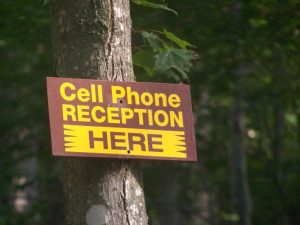
-
You get no cellular signal.
Unfortunately, a booster antenna doesn’t replace a cellular tower. To check your cellular signal, use a phone in field test mode. To access it, call *3001#12345# on iOS or navigate to “Settings” > “About Phone” and scroll down to “Status” or “Network” on Android. If you have no cellular signal (i.e., “No Service” or a field test mode reading of -110dBm), a booster antenna probably won’t help.
-
Obstructions like hills or buildings surround your property.
When radio waves pass through any material, their permeability and permittivity affect their speed. The lower the permeability and permittivity, the slower the waves travel. Radio waves have trouble traveling through mineral-rich land, steel building frames, and bodies of water, and, unfortunately, a booster antenna can’t always help in this situation.
So, do you need a cellular booster antenna? For help choosing the directional or omnidirectional antenna that’s right for you, contact us at 866-439-6630.

